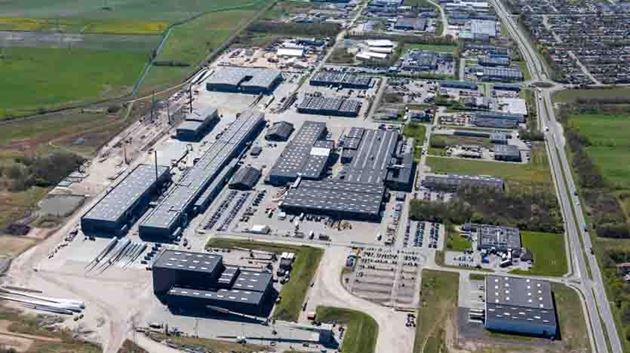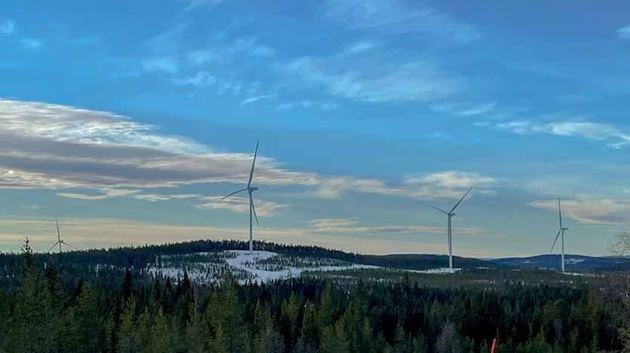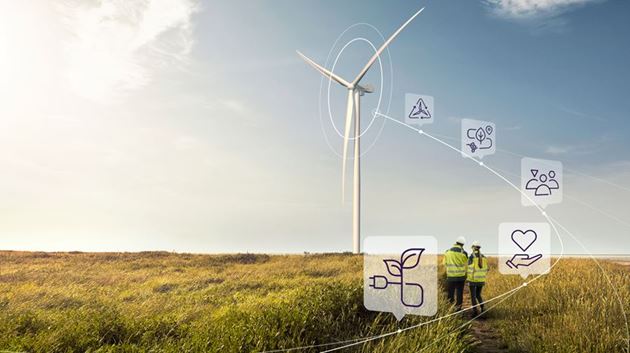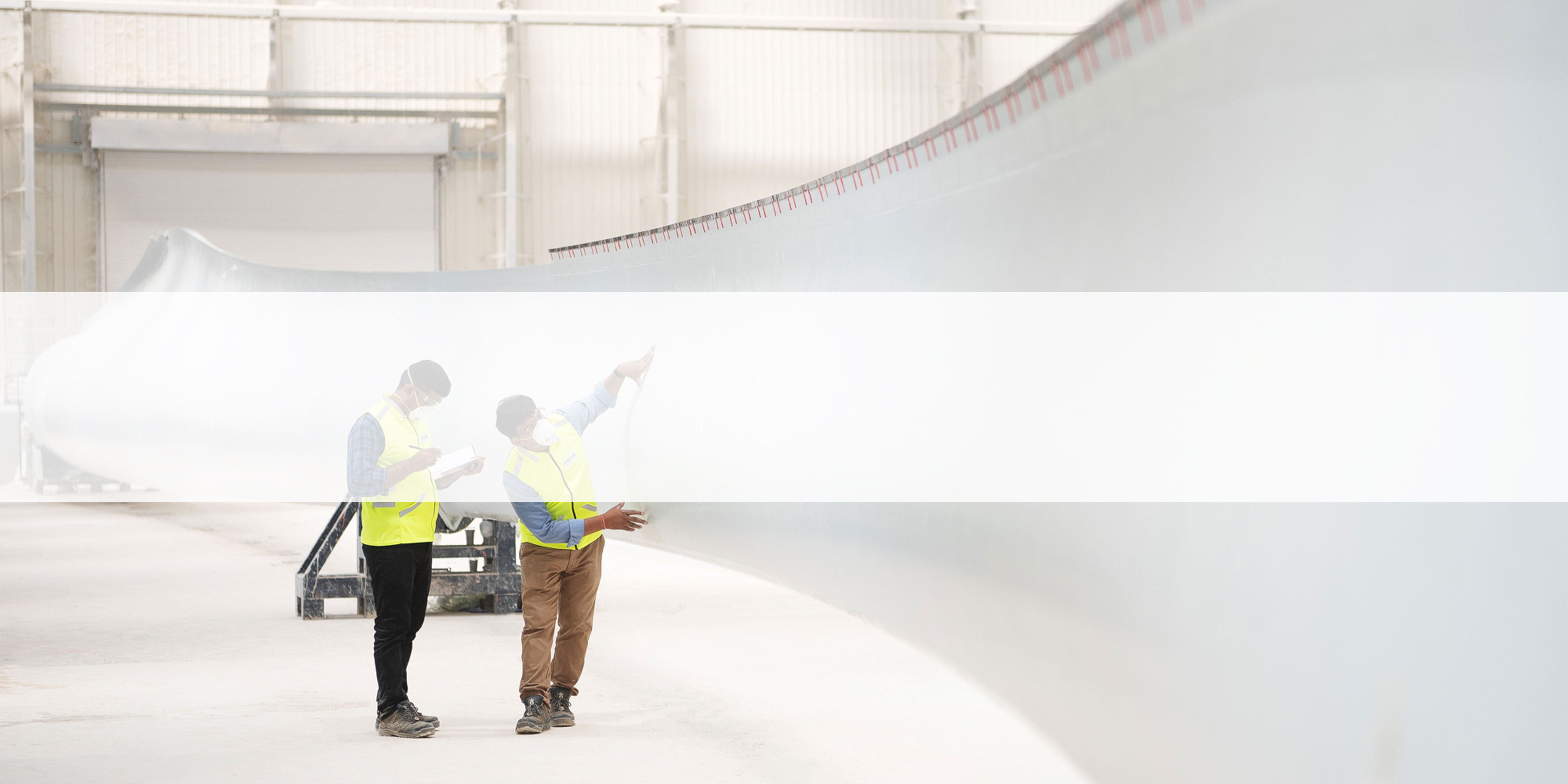
Embracing the circular economy and why it’s vital to a sustainable future
Madrid / 7 July 2022
“The circular economy” is a phrase that is being used a lot at the moment by governments, investors, manufacturers, distributors and commentators. It is a forward-looking concept, embracing an attitude which recognizes what can be achieved by adapting technology to minimize waste by-products and/or designing products that can be kept in circulation or repurposed.
The European Commission is focused on it too – it adopted the new circular economy action plan in March 2020, framing it as one of the main building blocks of the European Green Deal. The commission believes that transitioning to a circular economy “is also a prerequisite to achieving the EU’s 2050 climate neutrality target and to halt biodiversity loss”.
At Siemens Gamesa we are committed to both the theory and practice of the circular economy not only as part of the European Green Deal but also on a wider scale. We are looking at how our specific business operations can contribute to a circular economy. Initiatives such as our development of the world’s first fully recyclable wind turbine blade, and our plan to make every turbine fully recyclable by 2040 is text-book circular economics.
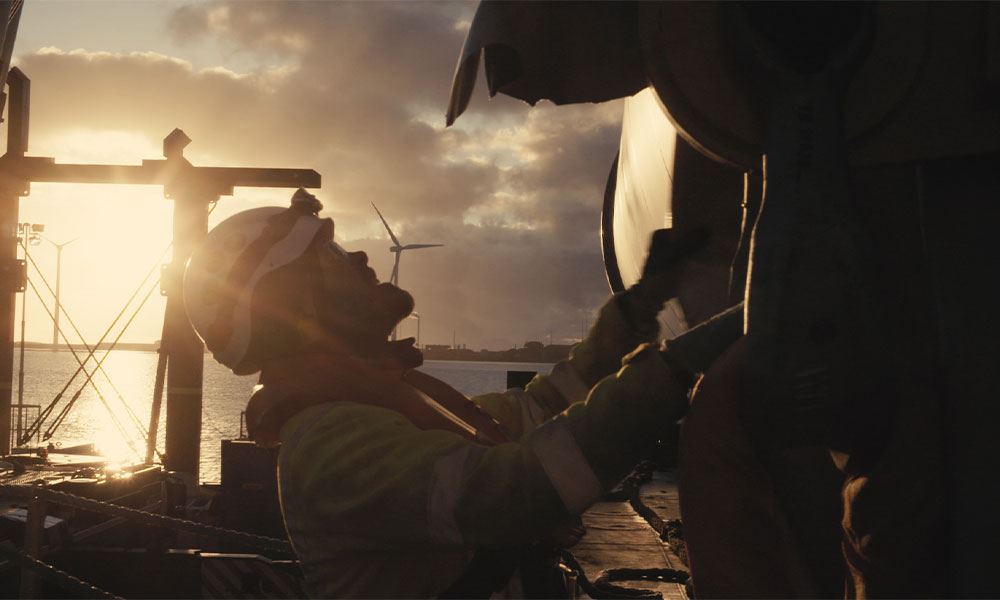
In a commitment to extending the life of wind turbines and reducing waste, we also provide best-in-class Repair and Reconditioning services for wind turbines across the globe. The program, which was selected by the Spanish government as best-practice, reconditions turbines and their components which may have otherwise gone to landfill and extends the life of wind projects by an average of ten years, accelerating our shared transition to a sustainable and circular economy.
We are also working to innovate in new areas, such as our latest project which uses carbon dioxide emissions in the cultivation of microalgae that can be use to produce a variety of products including plastics, chemical feedstocks, lubricants, fertilizers and even cosmetics. This project will capture 70 tonnes of carbon dioxide per year that would have otherwise been released into the atmosphere, and use it towards powering industries such as agriculture, medicine, cosmetics and food.
These initiatives are a central pillar of our #ActionsSpeakLouder campaign which we will use to not only reinforce the need to start acting now to address the climate emergency but also highlight wider sustainability issues – supporting the communities we work in, committing to carbon positivity, redefining what it is to be a good employer, and championing sustainability at every touchpoint in the supply chain and across the renewable energy ecosystem.
Circular thinking should be part of every corporation’s approach and practice. If you google “examples of the circular economy in practice” one of the results returned is Google itself. In 2019 it launched “A Circular Google” which outlined how the principles of the circular economy would inform the future of its data centers (powered by renewable energy), workplaces (sustainable building technologies for newbuilds) and consumer electronics (use recycled materials where possible).
One of the many parts of the Google document which resonates with Siemens Gamesa is the idea that “to change everything takes everybody”. We have said, loudly and repeatedly, that the transition to net zero requires a collaborative team effort on a global scale - we need governments to permit gigawatt scale onshore and offshore power plants; we need energy-intensive industries to embrace green electric hydrogen; we need more electric vehicles and charging points for these; we need a fit-for purpose infrastructure of grids, ports and pipelines; we need a market mechanism which incentivizes and supports innovation in the renewable energy industry. The list is almost endless, but much is needed with urgency.
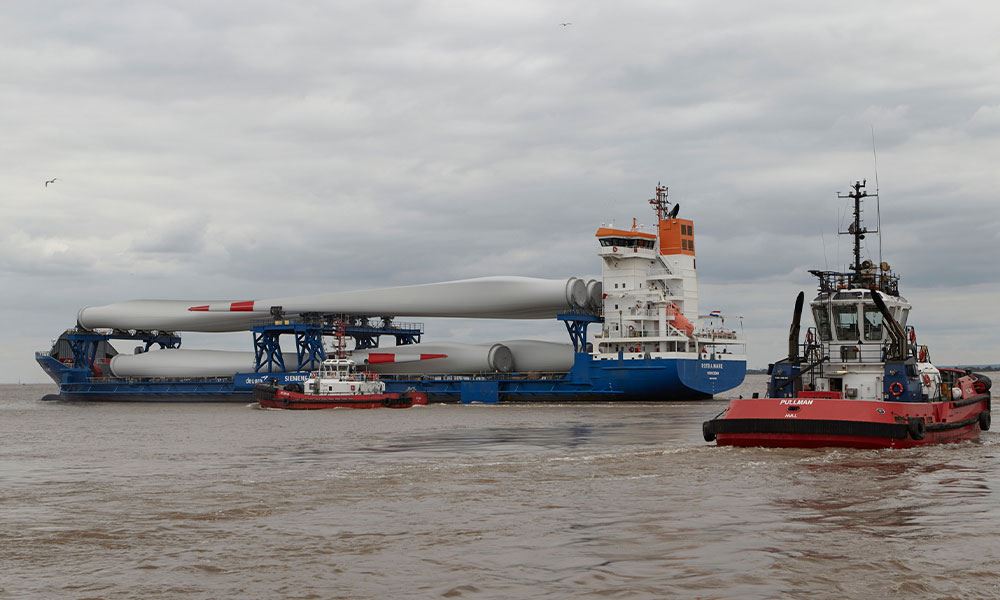
Increasing the scale of renewable power production is critical for the future of the planet. But the consensus is that the full benefits of the transition to net zero will only emerge if we speed up the move from a linear to a circular economy at the same time. By continuing to rethink and redesign processes and products through the lens of a circular economy we can deliver a better, more sustainable future.
Many of the solutions are already “on the market” with more innovation to come, both within Siemens Gamesa, the wider renewables industry and beyond. But the transition to a circular economy, just like the transition to net zero, requires a collective effort from us all.

